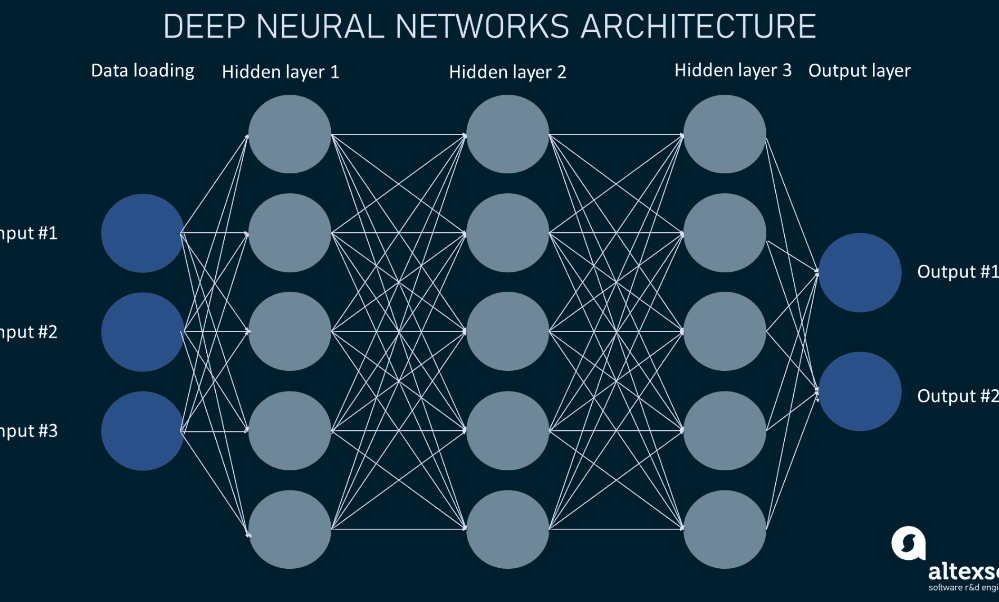
BLOG · 14/9/2023
Task 6: All about neural networks!
Due to space considerations, here is the blog:

This Article is yet to be approved by a Coordinator.

BLOG · 14/9/2023
Due to space considerations, here is the blog:

 \n\n Convolving - Merging of 2 sets of information.\nStep I:\n
\n\n Convolving - Merging of 2 sets of information.\nStep I:\n \n\nStep II:\n
\n\nStep II:\n \n\n The matrix of the dot product is passed to next layer and keeps on going till the output layer.\n\n Meanwhile, there is pooling layer which compressed the output of convolution layer
\n\n The matrix of the dot product is passed to next layer and keeps on going till the output layer.\n\n Meanwhile, there is pooling layer which compressed the output of convolution layer